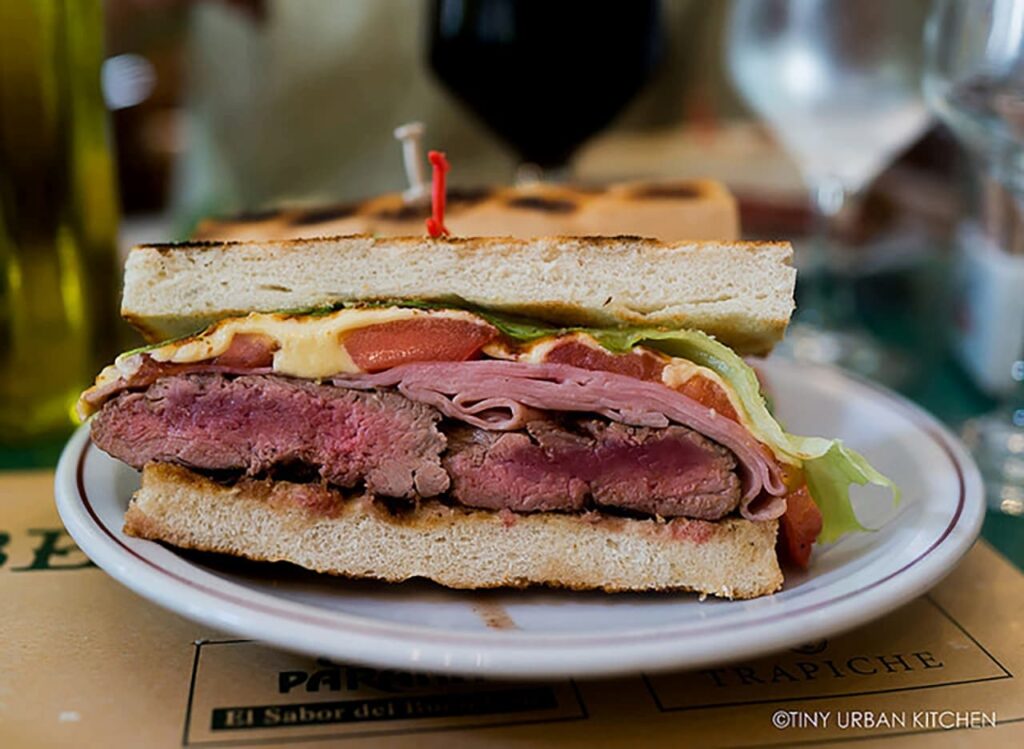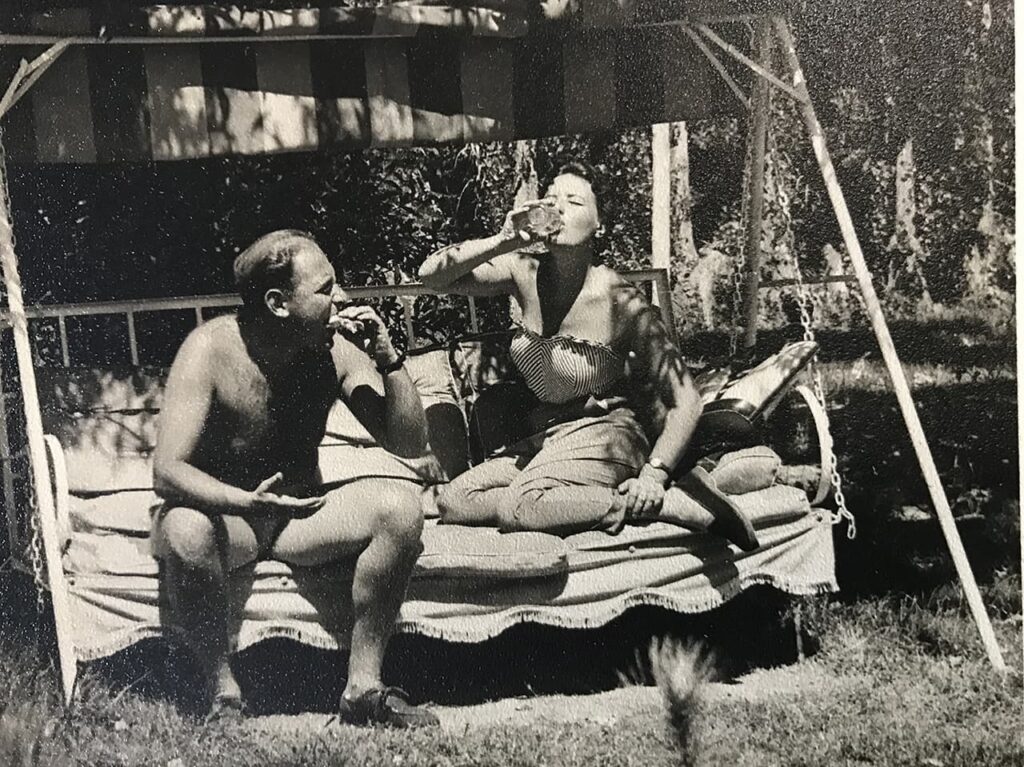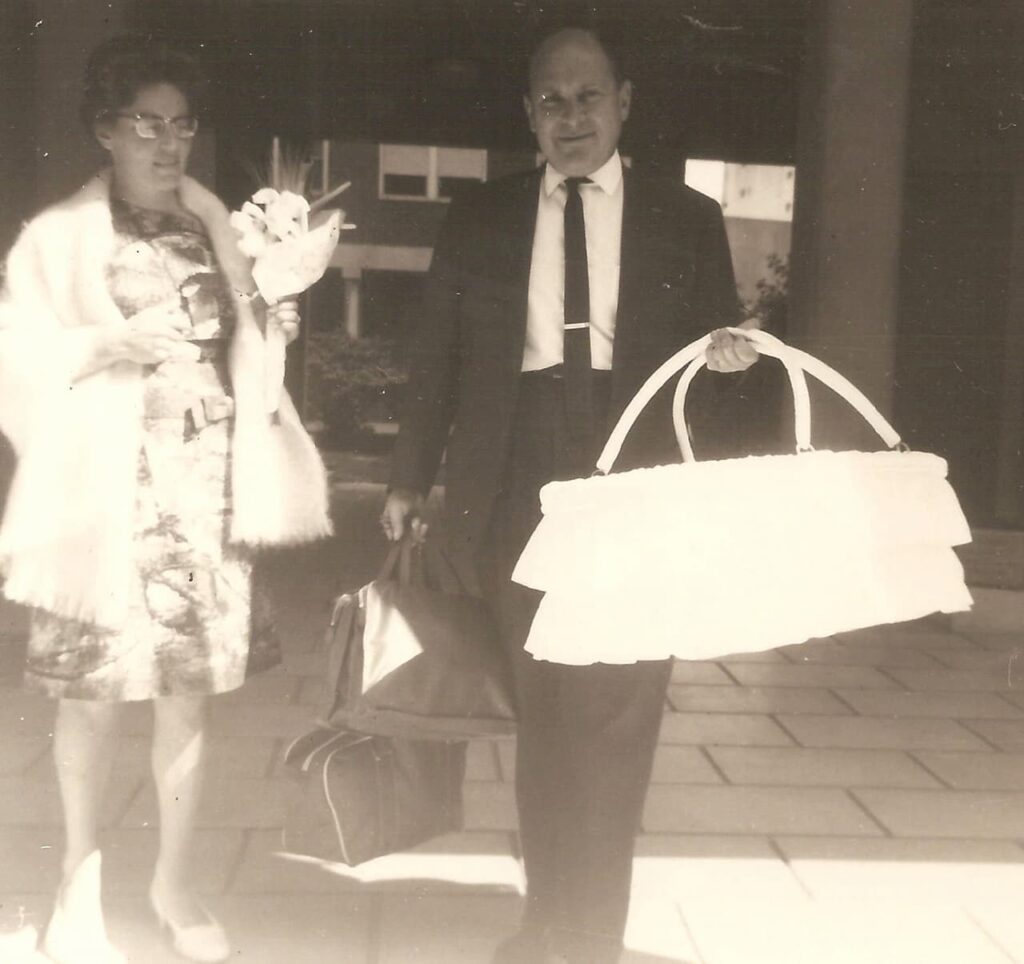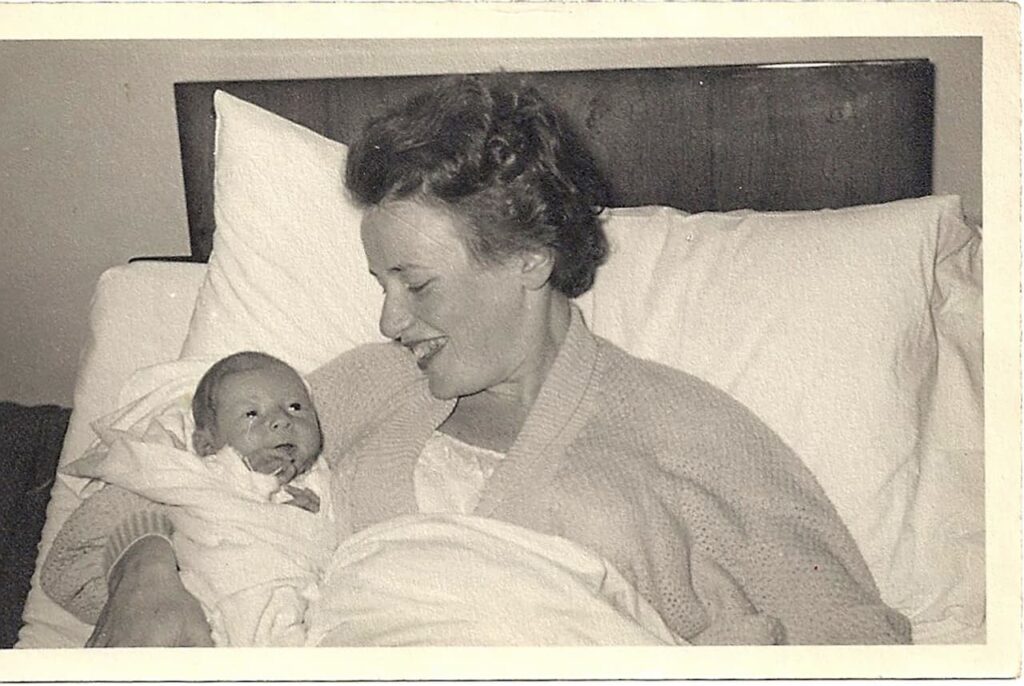Dearest,
You’ve frequently asked me about myself. You’ve wanted to know where I come from, to hear about the moments, the encounters and the circumstances that shaped me into who I am.
It’s never been hard for me to narrate a story—even as a child, I loved words, they came to me quickly and in the right order. So, I thought it would be easy to answer your question. It hasn’t. Where do we come from? What shapes us? How much of what we eventually become are we are born with, and how much do we acquire along the road? Which influences are the lasting ones in our lives? And do we really know, even in hindsight, which influences were the decisive ones?
You know me—I’ve always liked brevity; I consider longwindedness a sign of laziness and disrespect for the reader. But on this occasion, you’ll have to bear with me—this won’t be a short letter.
I was born in Buenos Aires, Argentina at about 3am on August 24, 1957. Conveniently for my father, it was a Saturday, in the middle of the southern winter. I say ‘conveniently’, because my father always liked efficiency (I inherited this trait) and I couldn’t have chosen a better moment for him—the timing of my arrival meant that he didn’t miss a day at the office. The fact that it was winter meant that there were no activities planned for the weekend. And as a lifelong early bird (another trait I inherited), it didn’t bother him to have been asked to show up at the Pequeña Compañía de María at such an early hour—it gave him enough time to alert everyone, to schedule family visits throughout the weekend, and return to the office on Monday morning.
The evening before, while my mother was in labour, my Dad had gone to a nearby restaurant and ordered a sandwich de lomo. Think of a steak in a bun, that’s what a sandwich de lomo is. Then he ordered a second one. By the time he ordered his third, the waiter gave him a concerned look. ‘My wife is in labour, it’s our first child’, my Dad said. The waiter relaxed. It took four more sandwiches de lomo before my father finally stumbled out of the restaurant and got a few hours’ sleep before I showed up.
The seven sandwiches de lomo and Beethoven’s 9th Symphony, which my Dad bought on the morning of my birth, are revealing of what the occasion meant for him and for my family—immense jubilation at the arrival of a new generation, the first birth on a new continent, the end of a cycle of persecution and exile. And immense gratitude for an unlimited food supply. My parents’ pride and happiness, as well as their roundish figures, the result of an abundant supply not only of sandwiches de lomo, but also of Austrian specialties such as Gulasch mit Knödeln, Sacher-Torten and Palatschinken, are visible in the photos taken immediately following my birth.
The Simkos in Buenos Aires weren’t the only ones eating to their hearts’ content and buying music they enjoyed—so was much of the rest of the world. The second half of the 1950s was a time of strong economic growth everywhere. It was a time of peace—the horrors of World War II lay over a decade behind, the Korean War had ended, Stalin was dead. Khrushchev appeared to the world like a pleasant puppy compared to Stalin. The Vietnam War had not yet started. An all-out nuclear confrontation between the US and the Soviet Union was not perceived as a real threat in 1957. The Europeans were beginning to cooperate with each other (the foundations of what would become the European Union were laid the year I was born). TV had replaced radio as the main mass medium, giving millions access to unheard-of levels of entertainment. And homo sapiens was beginning to explore the world beyond planet Earth (Sputnik, the first artificial satellite, was launched in 1957).
Argentina was not much different. For people like my parents, the future looked bright. Perón’s populist and autocratic regime had collapsed in 1955, the Partido Peronista was banned, and few at the time of my birth in 1957 would have ever expected the man (or his thinking) to ever return.
My parents, two Austrians who spoke German amongst themselves, with the rest of the family and with most of their friends, wanted to name me Peter. This was however not possible—at the time, Argentinian law prescribed that newborns needed to carry a Roman Catholic name (Peter would have been no problem), but also a Spanish one. So, in my birth certificate I appear as Pedro. No one ever knew about this until I arrived in the US in 1976 where, through a coincidence, people began to call me Pedro. Until this time, my parents and family called me Peter (pronounced Pe-eter, with a long e), and everyone else called me Peta, the Spanish-ized version of Peter. Peta (a perfectly absurd name in a country were no male names end in ‘a’) had the virtue of setting me apart and making me instantly recognizable throughout my youth in Argentina. I felt quite comfortable with this name, which in some ways reminded me of my female side, about which you’ll hear more later.
The River
Pedro Simko

The River
Pedro Simko




